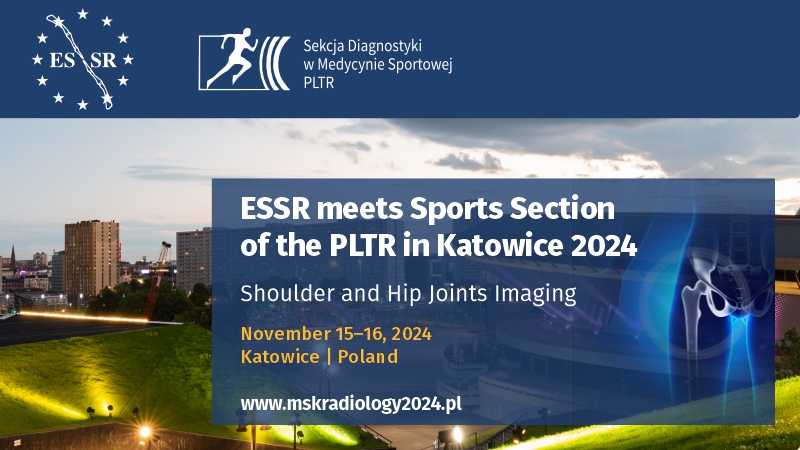Fertility outcome after saline sonography guided removal of intrauterine polyps in women with unexplained infertility
Rubina Izhar1, Samia Husain1, Suhaima Tahir2, Sonia Husain1
 Affiliation and address for correspondence
Affiliation and address for correspondenceObjective: To assess the effect of removal of unsuspected polyps as delineated on saline sonography on the clinical pregnancy rate in women with unexplained infertility. Methodology: A prospective case control study was being conducted from 1st October 2016 to 30th September 2018 at Aziz Medical Centre, Karachi. Women diagnosed with unexplained infertility and unsuspected polyps revealed on saline sonography were included as cases (Group A). They were offered removal of polyps under ultrasound guidance and general anesthesia. Saline sonography was repeated at the time to ensure complete removal (Izhar’s Modification). Those with unsuspected polyps on saline sonography, but who refused the intervention, were classified as controls (Group B). Both groups were followed for one year. The primary outcome measure was women who had clinical pregnancy i.e. fetal heartbeat present on transvaginal scan during the follow up period. Results: During the study period, out of 92 cases, 37 (40.2%) conceived and out of 92 controls, 10 (10.9%) conceived, which proved that polypectomy increased the chances of conception four-fold (p <0.001). The mean time to conception was also significantly lower for cases than controls (9.26 ± 3.928 months vs. 11.33 ± 2.07 months, p <0.001). The cumulative pregnancy rate was significantly higher in the polypectomy group (log-rank test, p <0.001). The duration of infertility (p = 0.007), position of polyp (p = 0.049) and polypectomy (p <0.001) influenced pregnancy rate. Conclusions: Our study shows the beneficial effect of removal of polyps. Women are four times more likely to conceive spontaneously after polypectomy.







